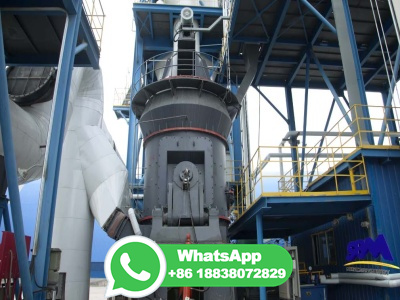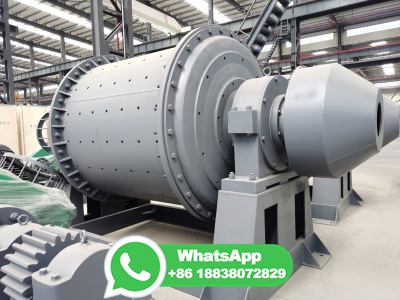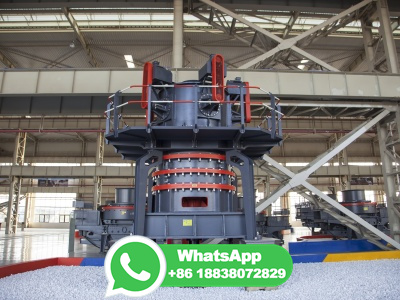Working Principle of Attritor Mill
WEBAn attritor mill, also known as a stirred ball mill, is a type of milling equipment used for grinding materials into fine particles. It is characterized by its unique working principle, which involves a highspeed rotating shaft with agitator elements. The agitator elements consist of impellers or discs that are mounted on the shaft and rotate ...

























